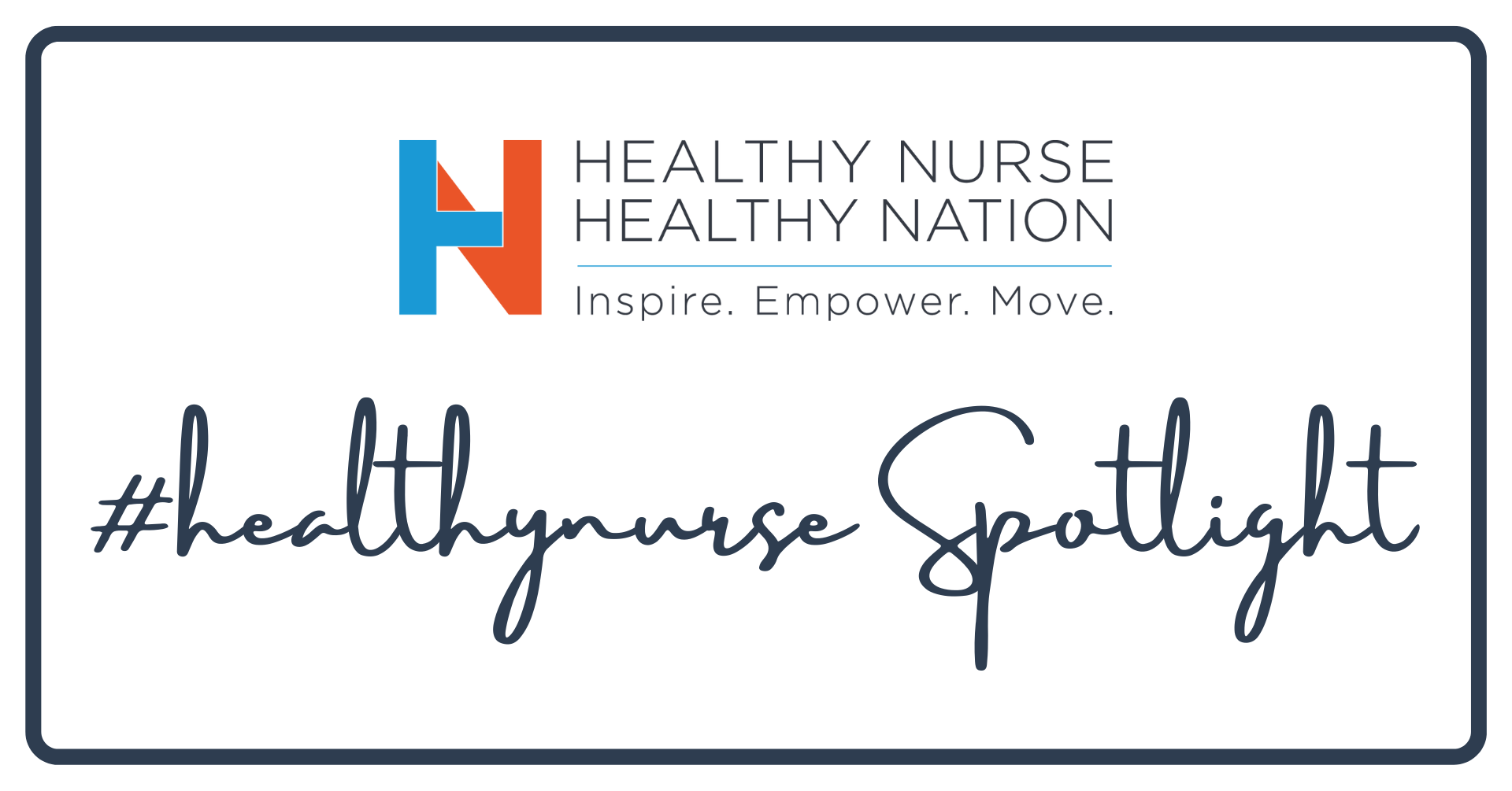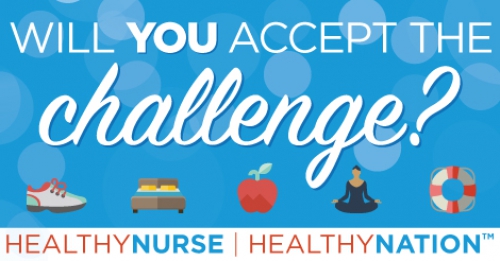ANA Healthy Nurse, Healthy Nation® Spotlight: Mekella Reid, RN
Published
Nurse uses food as medicine and finds relief from a painful health condition

As a nurse, mother of 3, and wife to a pastor, #healthynurse Mekella Reid enjoys a very full and busy life. She happily and successfully juggled it all for years — until suddenly, when she was 28, she woke up with pain in her knees.
“My first thought was, ‘Wait, I’m too young for this,’” she says. She assumed it was normal aches and pains from working on her feet and carrying small children around at home. But the pain moved from her knees to her shoulders, then to other joints, with no rhyme or reason.
“It would be an elbow one day, then a wrist or an ankle the next,” she says. “I finally talked to my doctor about it. I was prescribed a high dose of prednisone to see if the pain subsided, and it did. That’s when we knew my pain was from inflammation.”
A Concerning Diagnosis
Mekella’s doctor recommended tests for autoimmune conditions. “They ruled out lupus and rheumatoid arthritis,” she says. “I was referred to a rheumatologist who took one look at me and said I had ankylosing spondylitis.”
Ankylosing spondylitis is an autoimmune condition that affects joints and ligaments in the spine. People with ankylosing spondylitis often experience pain and stiffness in their lower backs, hips, knees, and other joints. Symptoms can get worse with inactivity.
“I’d feel pain when I woke up in the morning,” says Mekella. “If I moved around, stretched, and touched my toes a few times, it would help.”
Weighing the Treatment Options
Without treatment, ankylosing spondylitis can progress and cause vertebrae in the spine to fuse together.
“You have to stay active,” Mekella says. “The disease can start to affect your heart, the interstitial muscles between your ribs, your eyes, and other areas of your body.”
In addition to exercise, medications like nonsteroidal anti-inflammatory drugs (NSAIDs) and biologics can help slow the progression and relieve symptoms. Biologic therapy works to block a person’s immune system from attacking their body. Many people find relief from biologics, but the medications can cause serious side effects.
“I was offered biologics, but I wasn’t ready to start on those,” Mekella said. “I managed my pain at first with high doses of ibuprofen.”
Taking a More Natural Approach
Mekella’s symptoms improved with ibuprofen, but she knew that wasn’t a permanent treatment option. Long-term use of NSAIDs can lead to stomach ulcers, bleeding, and other gastrointestinal conditions, as well as a higher risk for heart attack and stroke. So, she looked for other ways to heal her body.
“I started reading about how our diet can cause inflammation,” she says. “I discovered that nightshades like bell peppers, tomatoes, and eggplant, are high in inflammatory markers. As someone who loves Italian food, that was a tough day for me.”
Mekella eliminated nightshades from her diet and noticed some improvement in her symptoms. Next, she eliminated gluten, which also helped. However, she still experienced flare-ups of pain and had to take prednisone on occasion.
Feeling that diet was the key to better health, Mekella continued to research the healing effects of foods on the body. That’s when she discovered an approach that changed everything.
Clean Eating for the Win
The simplest solution is often the best solution. For Mekella, the answer to better health was clean eating.
“When I removed all of the preservatives and chemicals and processing from my diet, I started to see real changes in my health,” she says. “Weight gain is a side effect of prednisone, and one I wanted to reverse. I lost weight right away eating clean.”
She started following recipes from a website promoting unprocessed, unrefined, organic foods.
“Everything is made from scratch,” Mekella says. “The recipes and meal plans eliminated all of the food and chemicals that were causing my symptoms.”
Within a month, Mekella’s pain went away. She has continued to follow her clean eating regimen ever since.
“I was diagnosed with ankylosing spondylitis 15 years ago, and I still don’t need biologic therapy,” she says. “My X-rays show no progression of disease after all this time.
Sharing Her Experience
Mekella’s clean eating habits have benefited her family as well.
“I never outlawed processed foods in the house, but my kids just naturally started making healthier choices,” she says. “Instead of chips, they’ll eat edamame or sunflower seeds after school.”
She also shares her recipes with her team at work. “2 years ago, when I joined Humana, I was added to a Teams channel where people exchange recipes and meal tips,” she says. “A lot of people have food sensitivities or are dealing with health issues. Several of my team members have started eating clean with me, and they feel better, too.”
While Mekella acknowledges that clean eating isn’t a complete “cure” for autoimmune diseases or chronic health issues, it has made a tremendous impact on her quality of life.
“I think it’s just the way our bodies are meant to be fueled,” she says.
Mekella Reid is a registered nurse at Humana.
Have you experienced improvements in your health after changing your diet? Share your #healthynurse story with us in the comments!

Not a member of Healthy Nurse, Healthy Nation (HNHN) yet? Join today!
Sign up for our monthly challenges!
Blog #healthynurse Spotlight
04/24/2025 9:14am CDT
The #healthynurse Spotlight is a shout out to nurses who are making changes in their lives to improve their health and wellness. You can too! Read their stories for inspiration here.




Post a Comment or Question